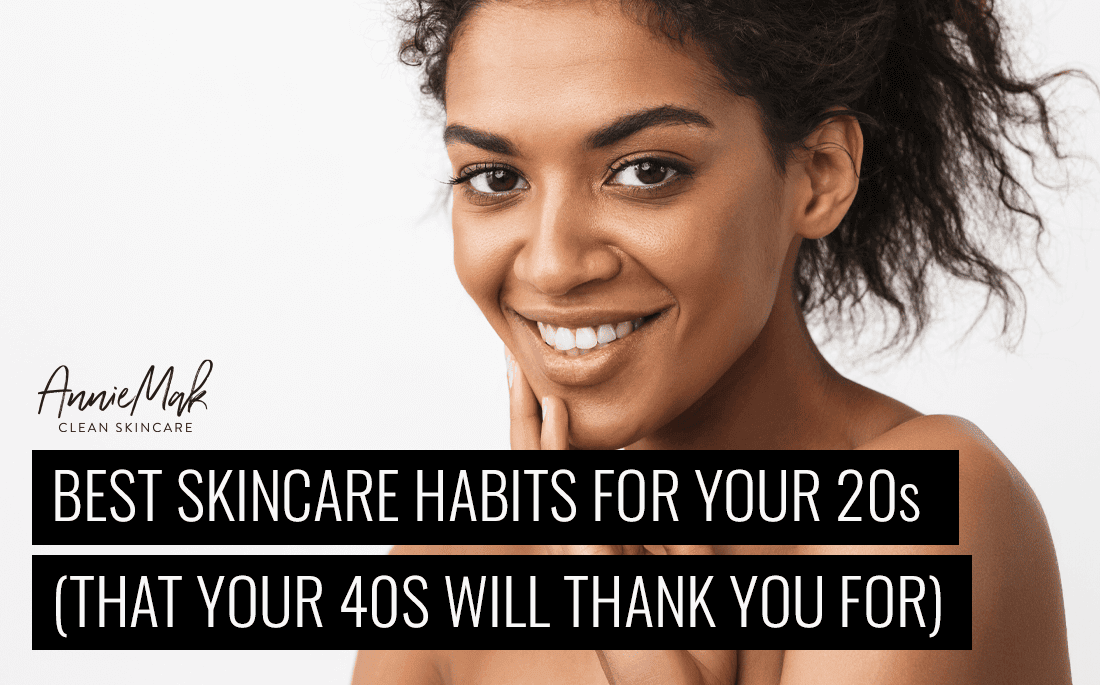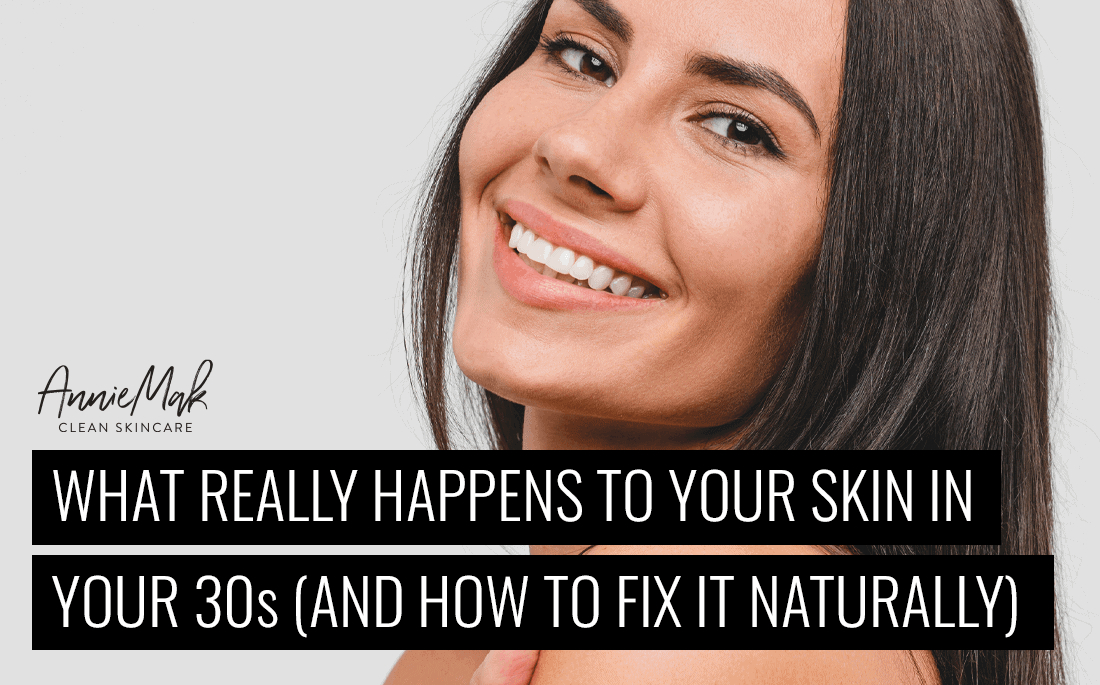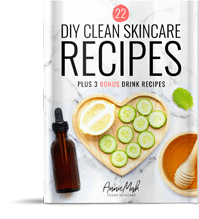Recently, debates and discussions have surged around the safety of seed oils for skin application, propelled by reports questioning their effects on our physical health. Seed oils, known for their high Omega 6 content, have been at the center of these concerns, sparking a wave of skepticism among skincare enthusiasts. Let’s dive deep into these apprehensions, providing clarity and exploring the safety and implications of applying seed oils topically.
Understanding Seed Oils

Seed oils are extracted from the seeds of various plants and vegetables, such as sunflower, cranberry, and grapeseed. These oils are celebrated for their nutritional benefits when consumed, including high levels of essential fatty acids, vitamins, and antioxidants. However, their application on the skin has been met with controversy, primarily due to concerns about the high Omega 6 fatty acid content.
It’s All About Balance
Let’s get into the nitty-gritty of how a lack of balance in using seed oils can pose challenges to our health!
Seed oils, while being packed with Omega 6 fatty acids, aren’t inherently bad for our health — the problem pops up when we don’t balance their intake with sufficient Omega 3 fatty acids. Fats are a vital part of our diet, but achieving a balance is the key, particularly between our Omega 3 and Omega 6 fatty acids.
In a perfect world, we would consume these fats in equal proportions, maintaining a 1:1 Omega-3 to Omega-6 ratio. However, when our diet — or in our case, our skin application — tips too heavily towards Omega 6, we start seeing problems. This “Omega imbalance” is one of the main reasons why using seed oils without regard can be harmful to our health.
Imbalance in these two types of fatty acids can potentially lead to several health issues. Research suggests that an excess of Omega 6 fatty acids can contribute towards promoting inflammation in the body, potentially leading to chronic inflammatory conditions. This is in stark contrast with Omega 3, which has anti-inflammatory properties.
The bottom line? Balance is crucial. If we’re tipping the balance too much in favor of Omega 6-rich seed oils, without providing an ample counterbalance of Omega 3, we might be setting ourselves up for skin troubles down the line. Balance doesn’t mean we have to throw out our bottles of seed oil; it just means using them judiciously and making sure our skin’s diet is as varied and balanced as the one we aim to maintain for our bodies. Here at AnnieMak we’ve done just that!
Important Takeaway:
An imbalance favoring excess Omega 6 fatty acids over Omega 3 may increase inflammation and the risk of chronic inflammatory conditions.
Debunking the Health Concerns
The crux of the debate centers around the claim that seed oils, rich in Omega 6 fatty acids, could be harmful when used on the skin. What’s necessary to grasp here is the balance game between Omega 3 and Omega 6 for our overall health. Too much of one can spell trouble, but used wisely, seed oils could actually fit snugly in your skincare routine. An imbalance leaning too heavily on either side can lead to problems, but when used judiciously, seed oils can contribute to a balanced skincare regimen.
Don’t just take our word for it – there’s a boatload of research and expert opinion supporting that seed oils can be a neat addition to skincare, shooting down that one-size-fits-all ‘bad for skin’ label.
Seed Oils for Skin: The Good, the Bad, and the Awesome
So, what’s the payoff of dabbing seed oils on your skin? Hydration, anti-inflammatory benefits, antioxidants, and a top-up for your skin barrier – to name a few!
Examples of products that incorporate seed oils and have shown positive effects on skin health and underscore the potential that these natural ingredients hold for enhancing skin vitality and appearance. Let’s dive a bit deeper into the wonderful world of seed oils and their benefits for your skin!
Moisturization Galore
Seed oils are like a tall glass of water for thirsty skin. Their rich, nourishing texture sinks right in, providing profound hydration that can last for hours. This is particularly a godsend for those battling with dry or flaky skin, as these oils can help to lock in moisture, leaving the skin feeling soft, supple, and oh-so-smooth.
Anti-inflammatory Goodness
Got skin that’s red, angry, or just plain stressed out? Seed oils come to the rescue with their anti-inflammatory superpowers. Many seed oils contain compounds that can help calm inflammation, reduce redness, and soothe irritation. Whether it’s acne, eczema, or just a random skin tantrum, a dab of the right seed oil might just be the chill pill your skin needs.
Antioxidant Powerhouse
Hello, fountain of youth! Seed oils are packed with antioxidants—those heroic molecules that fight against the skin-damaging free radicals our environment constantly throws at us. Applying seed oils can help protect your skin from pollution, UV damage, and other naughty elements that contribute to premature aging. Regular use might just help keep those fine lines, wrinkles, and dullness at bay.
Skin Barrier Support
Imagine your skin barrier as the wall that keeps the bad guys out and the good stuff in. Seed oils strengthen that wall, improving your skin’s resilience against irritants and preventing moisture loss. This not only helps to keep your skin hydrated but also enhances its ability to protect itself against external aggressors. In fact, research shows that only raspberry seed oil, found in AnnieMak’s Reverse Serum, demonstrated an improvement in the skin barrier function when compared to coconut and sesame oils. Stronger barrier, happier skin!
Important Takeaway:
Seed oils offer hydration, age-defying, anti-inflammatory, and antioxidant benefits for healthier, more radiant skin. What’s not to love?
Real-life Glow-ups
Alright, it’s Storytime! Countless products on the market, infused with the magic of seed oils, have transformed skin stories from ‘meh’ to ‘wow’. From luxurious face oils and serums to everyday moisturizers and cleansers, these products have helped individuals achieve a more radiant, even-toned, and healthy-looking complexion. Users rave about the noticeable improvements in their skin’s texture, elasticity, and overall vibrance, attributing these wins to the natural potency of seed oils for skin.
By now, it’s clear that the hype around seed oils isn’t just fluff; there’s substantial goodness packed in those tiny seeds. Whether you’re looking to amplify your hydration game, soothe irritation, fend off the signs of aging, or simply give your skin barrier a boost, diving into the world of seed oils could be the next best step in your skincare journey.
Safe Application and Precautions
Like with any skincare product, there are guidelines and precautions to follow for the safe application of seed oils on the skin. Awareness is key to preventing adverse reactions, especially for those with sensitive skin or allergies to specific components. Conducting a patch test before widespread application is always advisable. Likewise, consulting with a dermatologist or skincare professional can provide personalized advice tailored to one’s skin type and condition.
FAQs About Using Seed Oils in Face Products
Seed oils are rich in vitamins, antioxidants, and essential fatty acids that can help moisturize the skin, reduce inflammation, and protect the skin barrier. Common seed oils such as raspberry, cranberry, sunflower, and rosehip oil can also aid in reducing signs of aging, managing acne, and promoting a more even skin tone.
While seed oils are generally safe for most skin types, some individuals may experience allergic reactions or breakouts, particularly if they have sensitive skin or a specific allergy to a type of seed. It’s always recommended to perform a patch test on a small area of your skin and wait 24-48 hours to observe any adverse reactions before applying the product to your entire face.
Seed oils can be used in several ways within a skincare routine. They can be applied directly to the face after cleansing and before moisturizing, mixed with your favorite cream or lotion for an added hydration boost, or used as a spot treatment for dry patches or areas in need of extra attention. It’s important to start with a small amount to see how your skin reacts before applying more liberally.
Yes, certain seed oils can be beneficial for oily or acne-prone skin. For example, grapeseed oil is known for its lightweight consistency and ability to regulate natural oil production, making it a good option for those with oily skin. Similarly, rosehip oil is celebrated for its healing properties and can help reduce acne scars and inflammation. However, it’s important to choose oils that are non-comedogenic (won’t clog pores) and to monitor your skin’s reaction over time.
Yes, like most natural products, seed oils do have a shelf life and can expire. They are best stored in a cool, dark place to preserve their potency and prevent rancidity. The shelf life can vary depending on the type of oil and how it’s processed, but typically, seed oils can last anywhere from six months to a year if stored properly. Always check the product’s expiration date and look for any changes in smell, color, or texture as indicators that the oil may no longer be effective or safe to use.
Wrapping It Up!
After cutting through all the noise on seed oils for skin, it sure seems that seed oils can be friends, not foes, to our skin!
When used correctly and in a well-balanced skincare routine, seed oils can give our skin some solid TLC.
So, let’s embrace the nourishing potential of seed oils in our skincare routines, unlocking their inherent benefits for a more vibrant and healthier complexion. And Reverse Age-Defying Serum is a perfect way to get started!










Leave a Reply